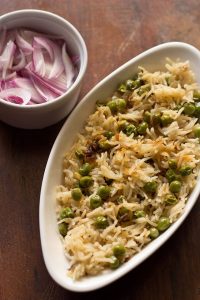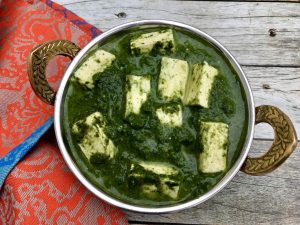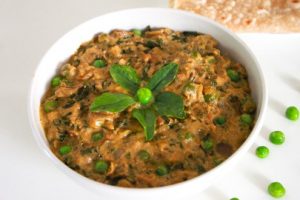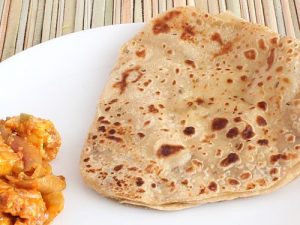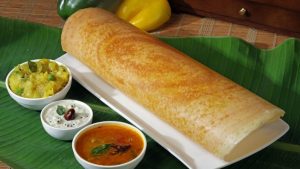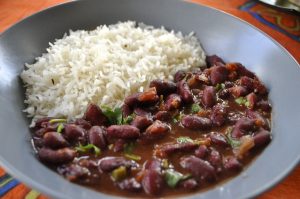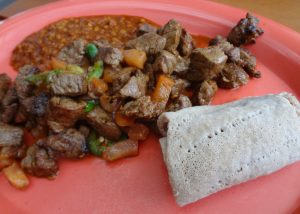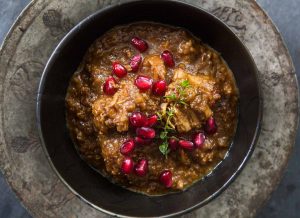Blog #1: Food, our identities
Eunho Seo

Across different nationalities and their customs, food is one of the major representatives of a country’s cultural background. For instance, Kimchi is the most emblematic cuisine of my home country, South Korea. Kimchi is a combination of salted and fermented cabbage or radish with a spicy sauce made out of pepper powder, garlic and other distinctive ingredients according to different regions. It is interesting to see that Koreans in different regions use differentiated sauce from one another. For an example, in the coastal portion of South Korea, people use sea resources such as oysters and calamaries in their Kimchi sauce. This provides an insight into the Korean cultural background about how people tried to use their accessible resources to specialize their traditional side-dish. Furthermore, there are lots of cultural events related to Kimchi. ‘Kimjang’ is what we call a process of making Kimchi. As it is very time consuming and hard labored task to make Kimchi, relatives or neighbors come over to a home and help the family to ‘Kimjang’ and they share the outcomes. This is still an ongoing cultural custom and I’m always excited about my family’s Kimjang day since it gives a precious opportunity of family gathering in an extremely busy 21st century. I remember how my uncle used to bring his huge truck filled with cabbages over to our home and we had a huge family dinner only with rice and Kimchi made on the day. This also shows how our ancestors tried to keep the bond between relatives through making Kimchi.
Likewise, Kimchi became a huge part of my families’ dining table and I can barely remember the very last time we had meals without it. For a long period of time, Kimchi has not only become the most common side-dish in Korea, but also used as an ingredient of other food. We put it into a soup, noodle, fried rice and Koreans even make a pancake out of Kimchi. Whenever I go back to Korea after interminable semesters at Emory, I ask my mom to cook me Kimchi stew and bacon-Kimchi fried rice. The food itself makes me realize that I am finally back home and free from all the exams and assignments. The variety of transformations of Kimchi is the reason why we can constantly eat Kimchi without being cloy and allowed it to be designated as a Korea’s trademark. And recently, many foreigners became interested in Korean food using Kimchi. The taste of Kimchi might be pungent for people who didn’t try Kimchi before but when they become used to the savory smell and crunchy texture, they will be ready to enjoy the rich taste in Kimchi and ultimately understand Korean culture. Food made with Kimchi always bring the warmth of nostalgia and comfort to our family and probably this is why most of the Koreans can’t live without it.
Hence, I had to constantly eat Kimchi in Atlanta whenever I missed my home country. One day, I was looking for a restaurant in Atlanta where I can have Kimchi stew and found out that there is a huge Korean community in Duluth, Atlanta. Korean characters were all over the signboards and most of the people I encountered in the street of Duluth were Koreans. This alleviated my stress from education with second language and homesickness. The Kimchi stew was not as good as my mom’s, but it was good enough to reenergize me to cope through entangled economics graphs and puzzling mathematical equations. It was so fortunate that there was a Korean community near Emory and I can speak my mother tongue in a store or a restaurant. Once I met a waiter at a restaurant at Duluth who seemed to be around my age and we talked for 30 minutes about how difficult it is to study abroad and empathized each other. This reminded me the significance of our ethnic origins and how we are tacitly influenced by our culture in daily life. Kimchi for me is a food that contains meaning far beyond merely being a daily side-dish as it is what I am, what my family is, and what my country is.




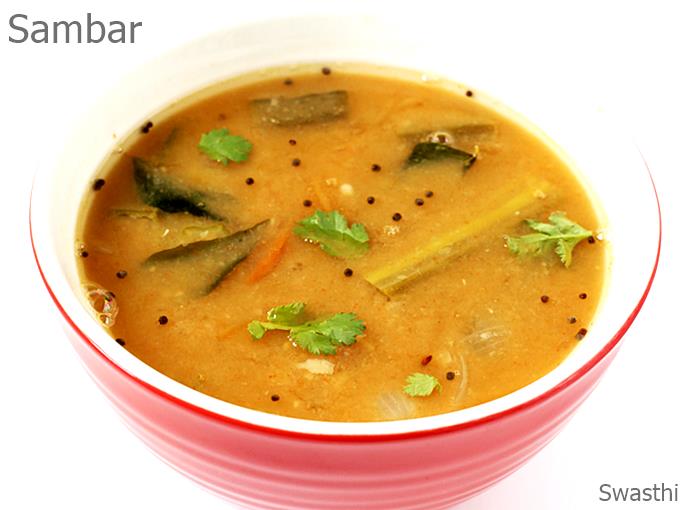
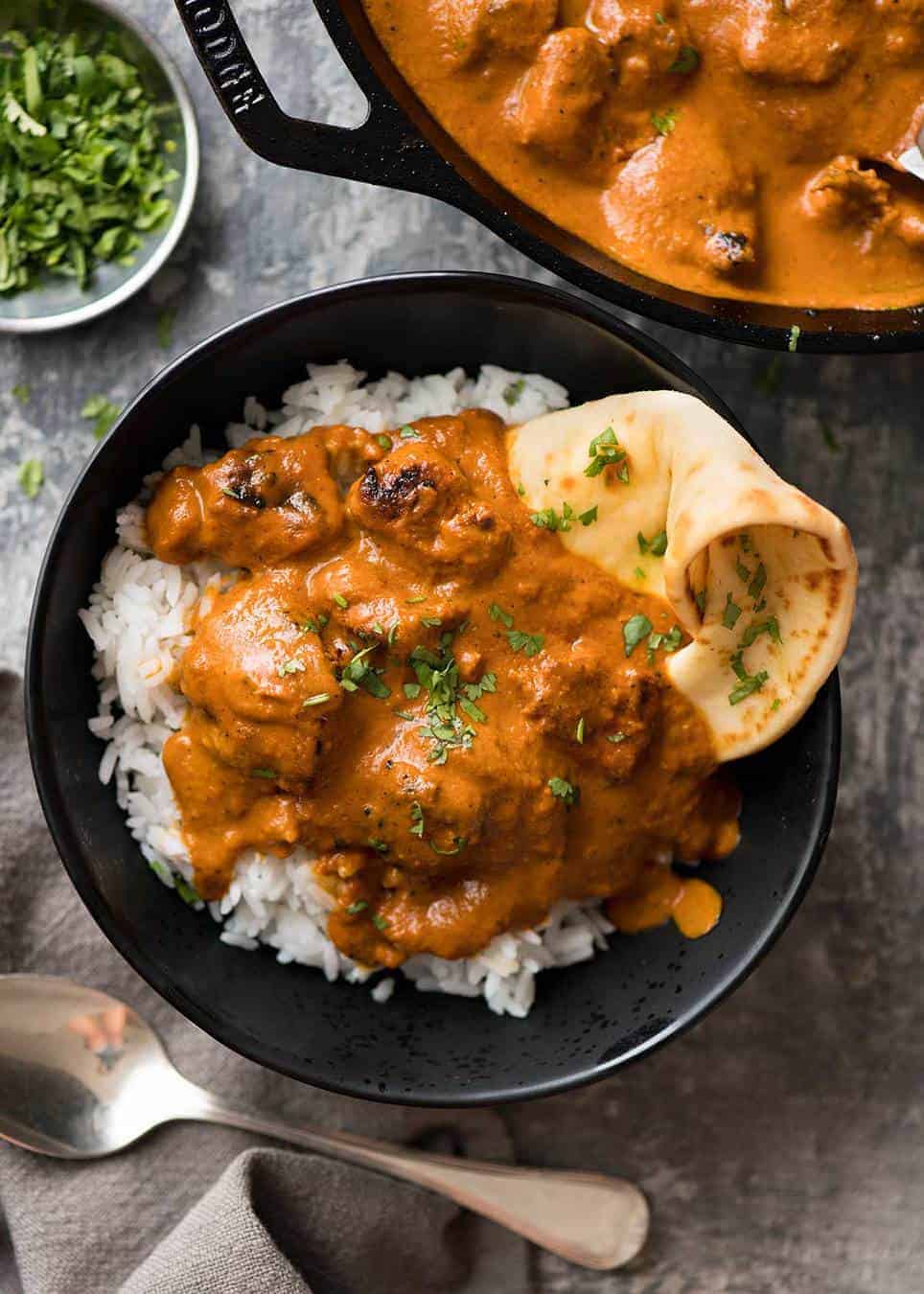 Chicken Tikka Masala
Chicken Tikka Masala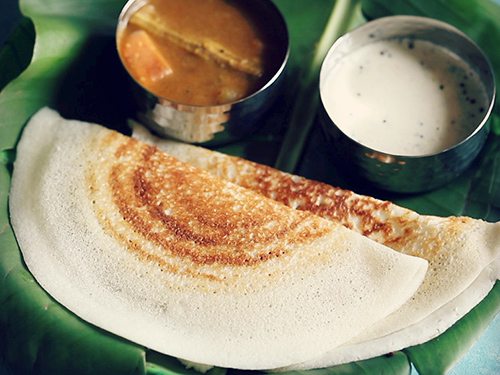
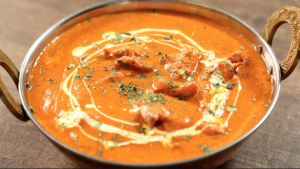 बटर ग्रेवी (Butter Gravy with Chicken)
बटर ग्रेवी (Butter Gravy with Chicken)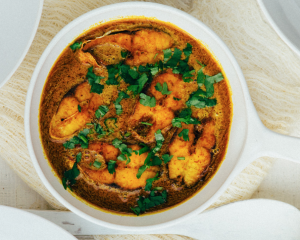 मछेर झोल (Macher Jhol)
मछेर झोल (Macher Jhol)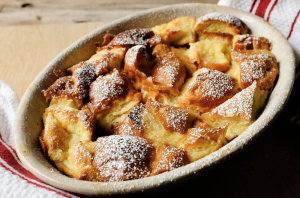 ब्रेड पुडिंग (Bread Pudding)
ब्रेड पुडिंग (Bread Pudding)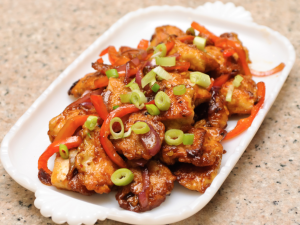 चिली चिकन (Chilli Chicken)
चिली चिकन (Chilli Chicken) Patel Plaza
Patel Plaza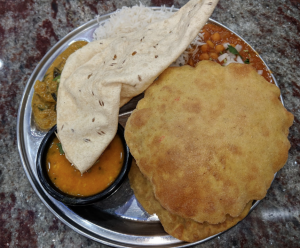 Chai Patti (Indian restaurant)
Chai Patti (Indian restaurant)
